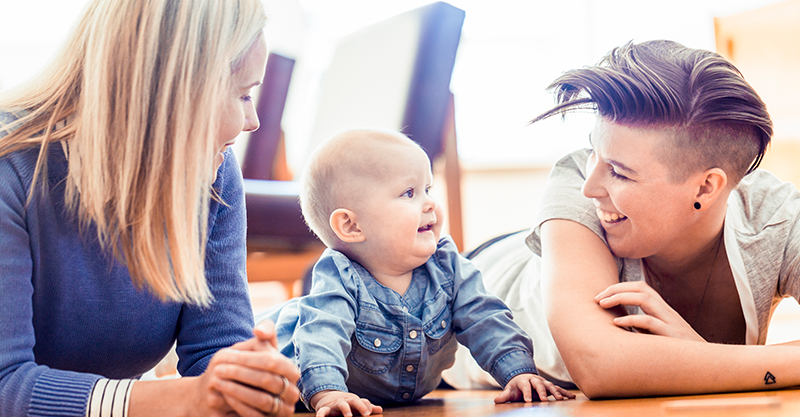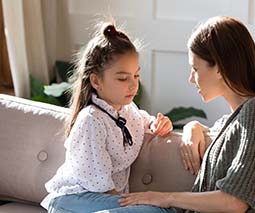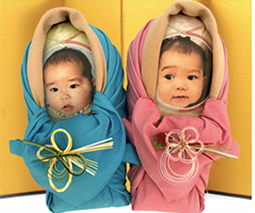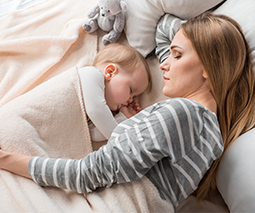Insight: How same-sex couples divide home chores and kids-raising duties

Research has shown that heterosexual couples often divide domestic responsibilities according to gender, but same-sex couples tend to divvy things up much more equitably.
Same, same but different
A recent New York Times piece, however, shares a fresh spin on how some same-sex couples operate on the home front. It also asserts that once children enter the mix, same-sex couples veer a little further toward a more “traditional” division of labour.
One half of the couple is deemed the breadwinner based on their superior earning capacity, the home front then falls to the other parent who takes on more of the domestic duty and childcare load.
That said, “the couples are still more equitable,” The New York Times reports.
The article points out that the realties of staying afloat financially and caring for a child necessitates a swing back to relationships that balance responsibilities in familiar ways.
“Once you have children, it starts to almost pressure the couple into this kind of division of labor, and we’re seeing this now even in same-sex couples,” California School of Professional Psychology professor emeritus Robert-Jay Green told the paper. “Circumstances conspire on every level to get you to fall back in this traditional role.”
Read more about relationships:
- Parents share how they make co-parenting with their ex work
- Should you put your partner or your kids first?
- Should I stay or should I go: Is your relationship worth saving?
Teamwork makes the dream work
But while things are looking more traditional, couples said that it still felt very equitable and mirrored the cooperative approach of their pre-kid days. There seemed to be less resentment over the division of labour and more of a team approach.
The same-sex couple parents The New York Times spoke to felt that their relationships made it less likely for roles to simply be assumed according to gender stereotypes, and more likely for duties to be arrived at through communication, decided on according to where each person’s strengths lay.
While data shows that same-sex couples felt equality in the home had actually decreased between 1975 and 2000, researchers thought that this was because many more same-sex couples were becoming parents. These couples were still generally pretty happy with how the load was shared.

Avoiding the default
One woman who had previously been married to a man, and was now married to a woman, sharing a number of children with her wife, noted her stay-at-home mum role was not taken for granted or assumed by her new partner. They’d mapped out their responsibilities together, which made her feel happy and empowered.
“Now I feel a lot more like it’s my conscious choice,” mum Sarah Pruis explained.
The story is different for mums in heterosexual marriages.
“Women married to men — even when they work and earn as much as or more than their husbands — still do more domestic work, and social scientists have found that the duties are gendered,” the NY Times said.
You can read more – and access further data – at The New York Times.









